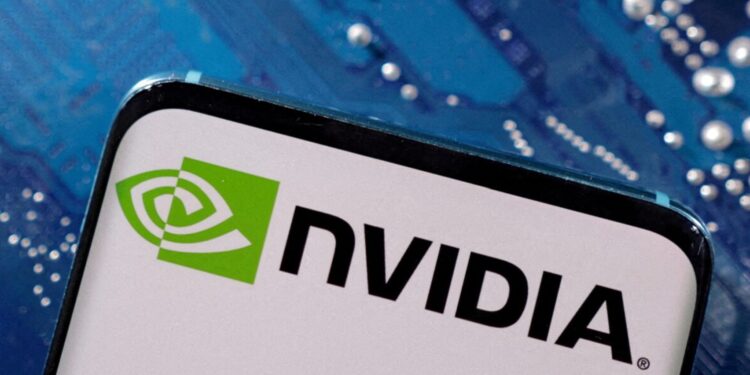Tech powerhouse Nvidia has announced that it is rolling out a new, cheaper artificial intelligence (AI) chip for the Chinese market, as it makes a play to bypass stringent US restrictions on exports to the red giant.
The move reflects the constant changes made to Nvidia’s product line to adhere to changing regulations designed to limit China’s access to technology.
The new GPU is built upon Nvidia’s recent Blackwell architecture, but offers lower specifications than its previously gated high-end H20 counterpart. Sources say that the chip will retail anywhere between $6,500 and $8,000— which is a steep drop from the H20’s cost, $10,000 to $12,000.
The price plunge is attributed to the chip’s inferior specifications and easier production over Redwood, using standard GDDR7 as opposed to HBM for memory and eschewing Taiwan Semiconductor Manufacturing Co. (TSMC)’s advanced Chip-on-Wafer-on-Substrate (CoWoS) packaging technology.
According to the source, plans are for mass production to commence in June of the new Blackwell-based chip. It’s the third time that Nvidia has had to rework its GPUs to comply with stricter U.S. export controls.
The company’s market share in China plummeted from 95% down to 50% (which in itself seems a bit high) as local competitors like Huawei (with its Ascend 910B chip) fight back.
An Nvidia spokesperson, while acknowledging the company is still evaluating its “limited” options in the Chinese market, said it “effectively falls out” of China’s sizeable $50 billion data center market until it can land on a new product design that would please the US government.
Although that puts it at a limited power, its development is considered an important step for Nvidia to cater for this important market. The importance of China has been highlighted by the CEO, Jensen Huang, and in fiscal 2019 it generated 13% of Nvidia’s revenue. He has also warned that continued restrictions may continue to drive Chinese companies to create or use domestic alternatives.
Industry observers say that, although the gap in performance between crippled Nvidia chips and in-country offerings like Huawei’s is likely to close but over the next two years, Nvidia’s CUDA software platform is still a major asset in the form of an existing ecosystem of developers.
Sources have separately said that NV is working on another Blackwell-based chip for China, which might start production in September, though again there are no details about the specifications.
This three-pronged strategy illustrates Nvidia’s continued focus on the Chinese market, even though it is navigating a thorny geopolitical terrain. The new chip’s name is not official and the final reveal is yet to come, but there’s a little speculation that it could be called the 6000D or the B40.
















